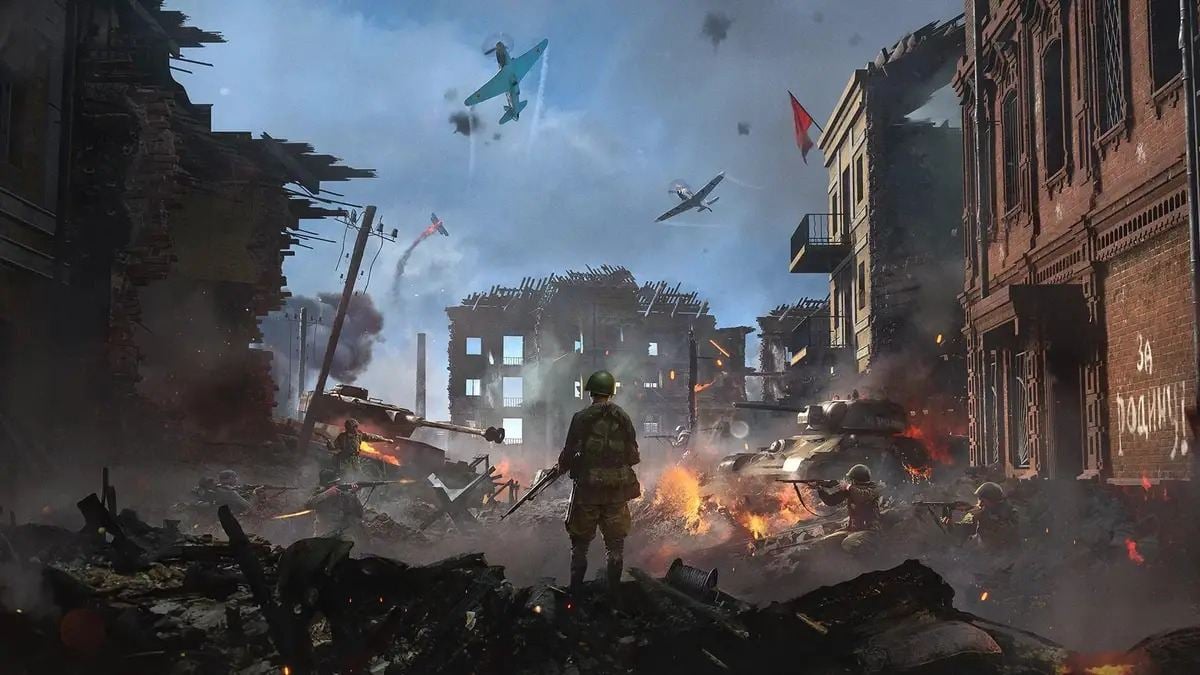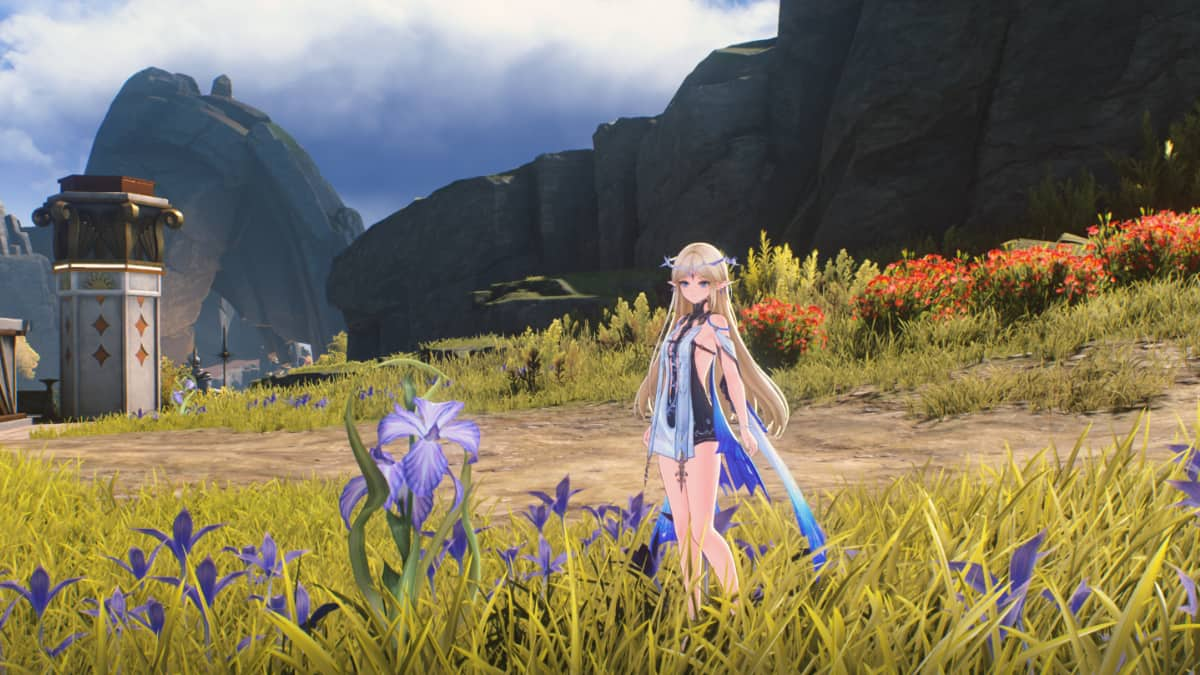
Flint: Treasure of Oblivion First-Look Preview: Bringing the Pirate Life to a Tactical RPG
Even with Sea of Thieves and Skull and Bones out there, the pirate setting for video games still feels woefully underutilized. But now, another game aims to blend the big stakes and dangers on the high-seas conceit with a narrative-driven tactical RPG framework. The upcoming Flint: Treasure of Oblivion looks to bring that pirate fantasy to life in an interesting new way by leaning into the mystique and intrigue of living life on the high seas.
In this first look at the upcoming CRPG, I got to see Flint’s approach to a swashbuckling tactical RPG in action. It’s all about building up a trustworthy crew and exploring the port towns and dangerous waters during the rebellious golden age of pirates.
As the debut game from developer Savage Level, Flint: Treasure of Oblivion is inspired by Robert Louis Stevenson’s classic adventure novel Treasure Island, a story focusing on pirates in search of a lost treasure trove left behind by the infamous Captain Flint. In this tactical RPG, we follow the exploits of Captain Flint, his shipmate Billy Bones, and a larger crew of pirates as they search for glory and tons of loot during a booming and dangerous period of piracy.
Along with the many tavern and back alley brawls the crew will get into, Captain Flint will also run into a swath of co nflicts with rival pirates in temples and on the open waters, all leading up to the discovery of a mysterious treasure cache that sets the stage for the original novel.
According to the developers in our preview, Flint leans heavily into the life of being a pirate and managing a crew, with some elements of dark fantasy seeping in as the adventure progresses. Speaking with production director Saïda Mirzoeva, she stated that the story aims to be historically accurate to the era and the original novel while leaning into the freeform experience of a tactical RPG.
Flint follows that tried and true CRPG formula, with you exploring the world from an isometric view to engage in combat and social interactions with various characters throughout the game. Focusing more on a stylized, “double-AA” adventure instead of the sprawling scope of games like Baldur’s Gate 3 or Warhammer 40K Rogue Trader, the pirate CRPG features a mix of scripted story encounters with choice-driven moments, all presented in a comic book-style adventure as Flint’s ragtag crew of pirates grows their influence.
As you explore more of Flint’s world, you’ll expand your crew of pirates, all carrying unique skills and archetypes to experiment with. Your crew choices will be tested in battle, which plays out in turn-based combat, with you commanding the crew’s movement and actions on a hex-tile battlefield. The success of your actions to trade steel or fire your flintlock pistols at your opponents is determined by the luck of the dice, with a success= ful roll resulting in connecting hits or critical damage but a bad roll resulting in a miss.
Flint’s take on combat carries many of the familiar ideas and designs from other CRPGs in the current boom for the genre, but the pirate mystique adds a lot of charm and intrigue, which makes Flint’s take on a tactical RPG feel unique. One attractive trait that I wish we got to see more of was the crew synergies. By pairing crew members with similar or complementing archetypes, you can power up your skills in battle – turning your pirate crew into more of an imposing force.
While most RPGs generally give you upgrades by taking out enemies, Flint: Treasure of Oblivion focuses more on the acquisition of loot by any means, which can be found from social engagements and other activities – and in some cases, talking your way out of combat can also net you loot as well.
Another area that applies pirate logic to the role-playing experience is in how you power up your crew. In Flint, loot is a monetary an=d experience resource, and you’ll have to decide whether to buy items or give money to your crew to level them up and augment their skills. While most RPGs generally give you upgrades by taking out enemies, Flint: Treasure of Oblivion focuses more on the acquisition of loot by any means, which can be found from social engagements and other activities – and in some cases, talking your way out of combat can also net you loot as well.
Living out a pirate’s life during the golden age within a CRPG is such a cool concept, and so far, Flint: Treasure of Oblivion shows off some clever ways of marrying the weird and seafaring pirate lifestyle with a role-playing game. While I wish I could have gotten to see more of its more significant ideas about exploring the high seas with its crew, the golden age of pirates is a prosperous era for a game to explore, and Flint: Treasure of Oblivion has the makings of a compelling setting to navigate in a role-playing game.






